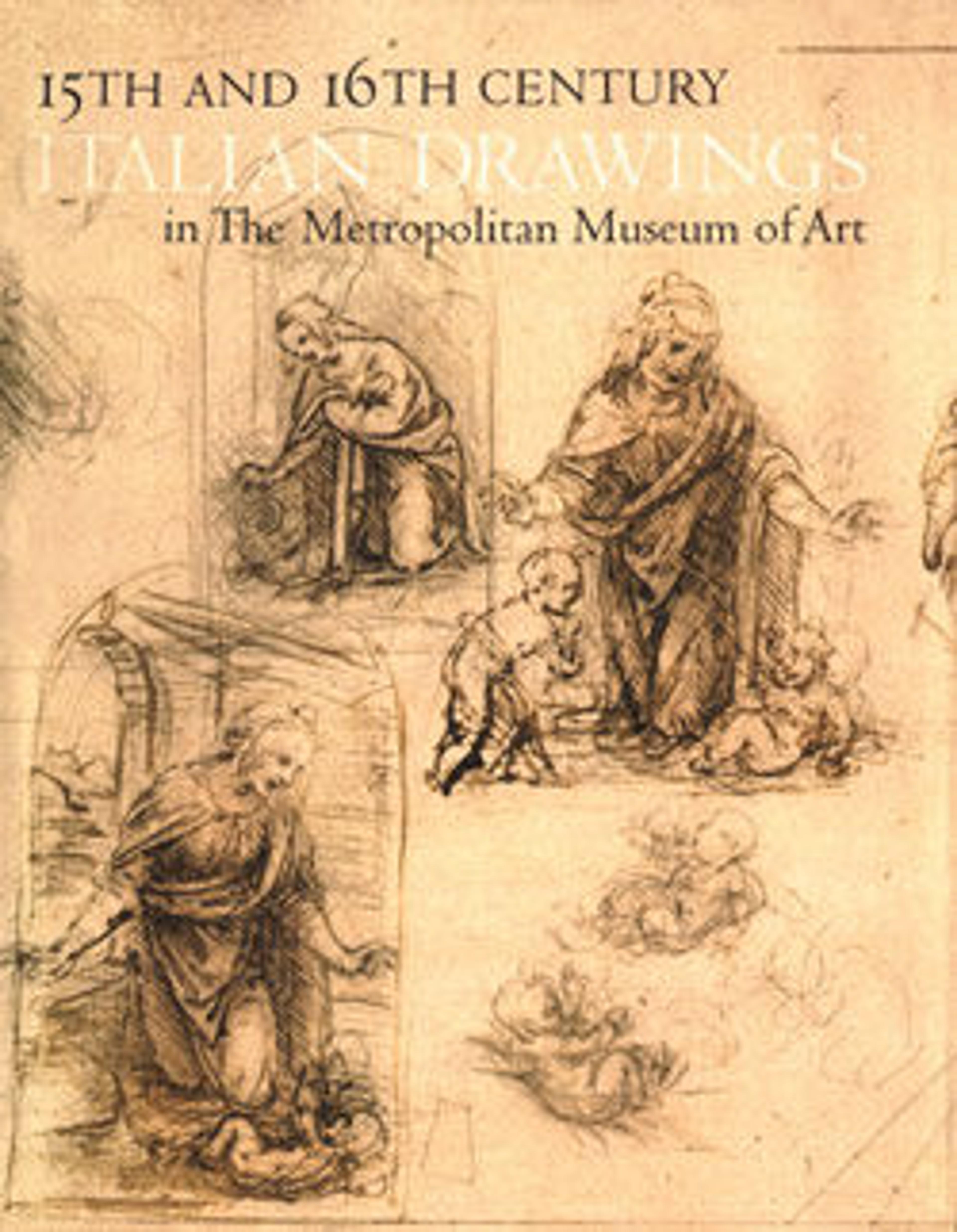The Annunciation
Francesco Curia can be rightly considered the most relevant artist active in Southern Italy during the Sixteenth century. The present sheet is one of eight pen sketches (Metropolitan Museum of Art, acc. nos.1970.101.4-11) figured in an album containing "97 pezzi di Francesco Curia" (97 pieces by Francesco Curia) formerly in the collection of Nicodemus Tessin the Younger (1654-1728), and then inherited by his son Carl Gustav Tessin (1695-1770), the greatest Swedish collector of drawings of the Eighteenth century. Curia's sketchbook seems to have been broken up in the latter's lifetime. Eighty-two of these sheets are now in the Nationalmuseum in Stockholm; those in the Metropolitan Museum came to New York by way of a Swedish collector who acquired them from a collateral descendant of Tessin. In their studies, Per Bjurström and Walter Vitzthum have pointed out the importance of this group of drawings, which forms a touchstone for our knowledge of Francesco Curia as a draughtsman.
Artwork Details
- Title: The Annunciation
- Artist: Francesco Curia (Italian, documented Naples 1565/70–1608 Naples)
- Date: 1565–1608
- Medium: Pen and brown ink, traces of black chalk
- Dimensions: 7 5/8 x 6 5/16in. (19.4 x 16cm)
- Classification: Drawings
- Credit Line: Rogers Fund, 1970
- Object Number: 1970.101.4
- Curatorial Department: Drawings and Prints
More Artwork
Research Resources
The Met provides unparalleled resources for research and welcomes an international community of students and scholars. The Met's Open Access API is where creators and researchers can connect to the The Met collection. Open Access data and public domain images are available for unrestricted commercial and noncommercial use without permission or fee.
To request images under copyright and other restrictions, please use this Image Request form.
Feedback
We continue to research and examine historical and cultural context for objects in The Met collection. If you have comments or questions about this object record, please contact us using the form below. The Museum looks forward to receiving your comments.
